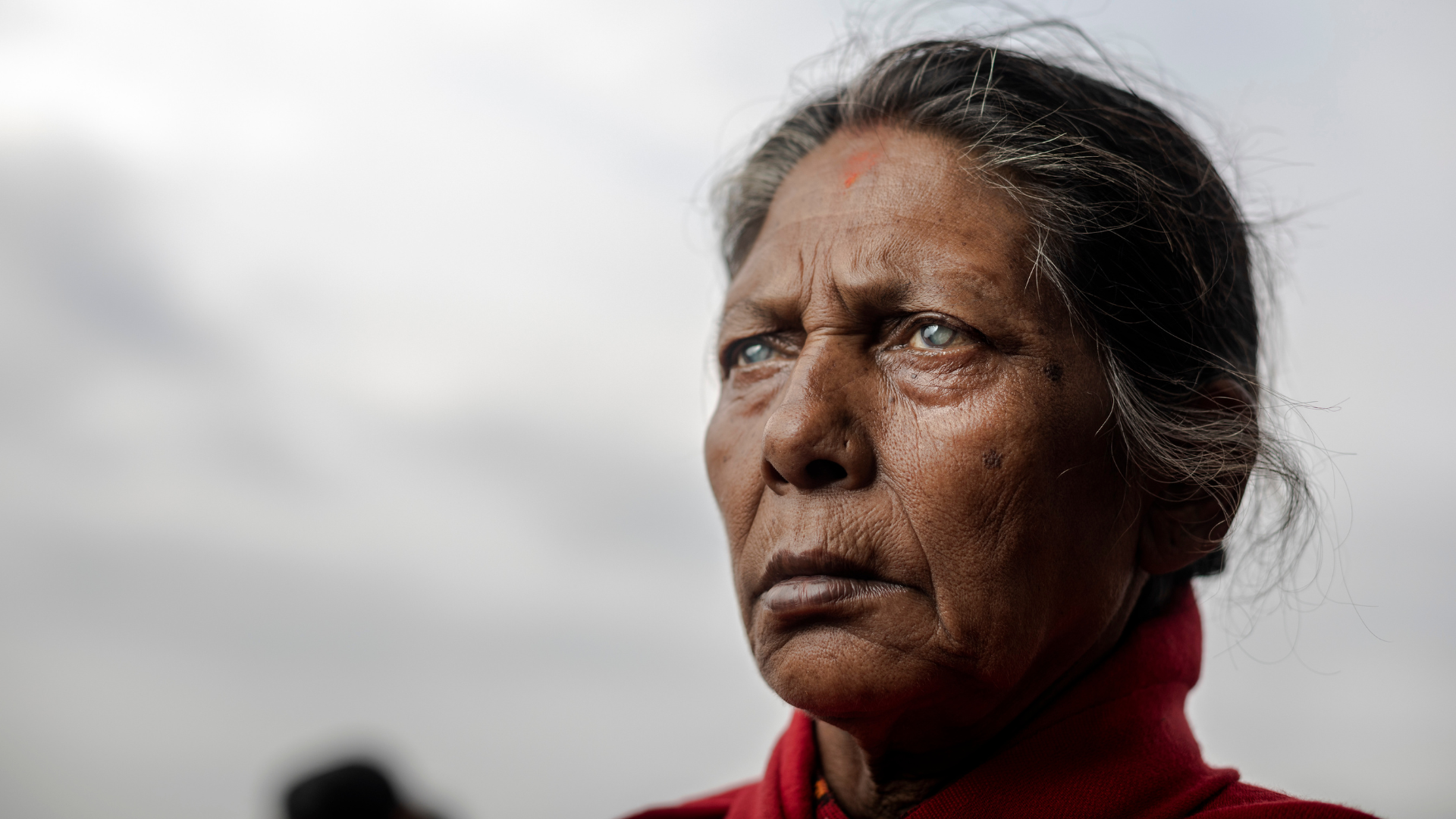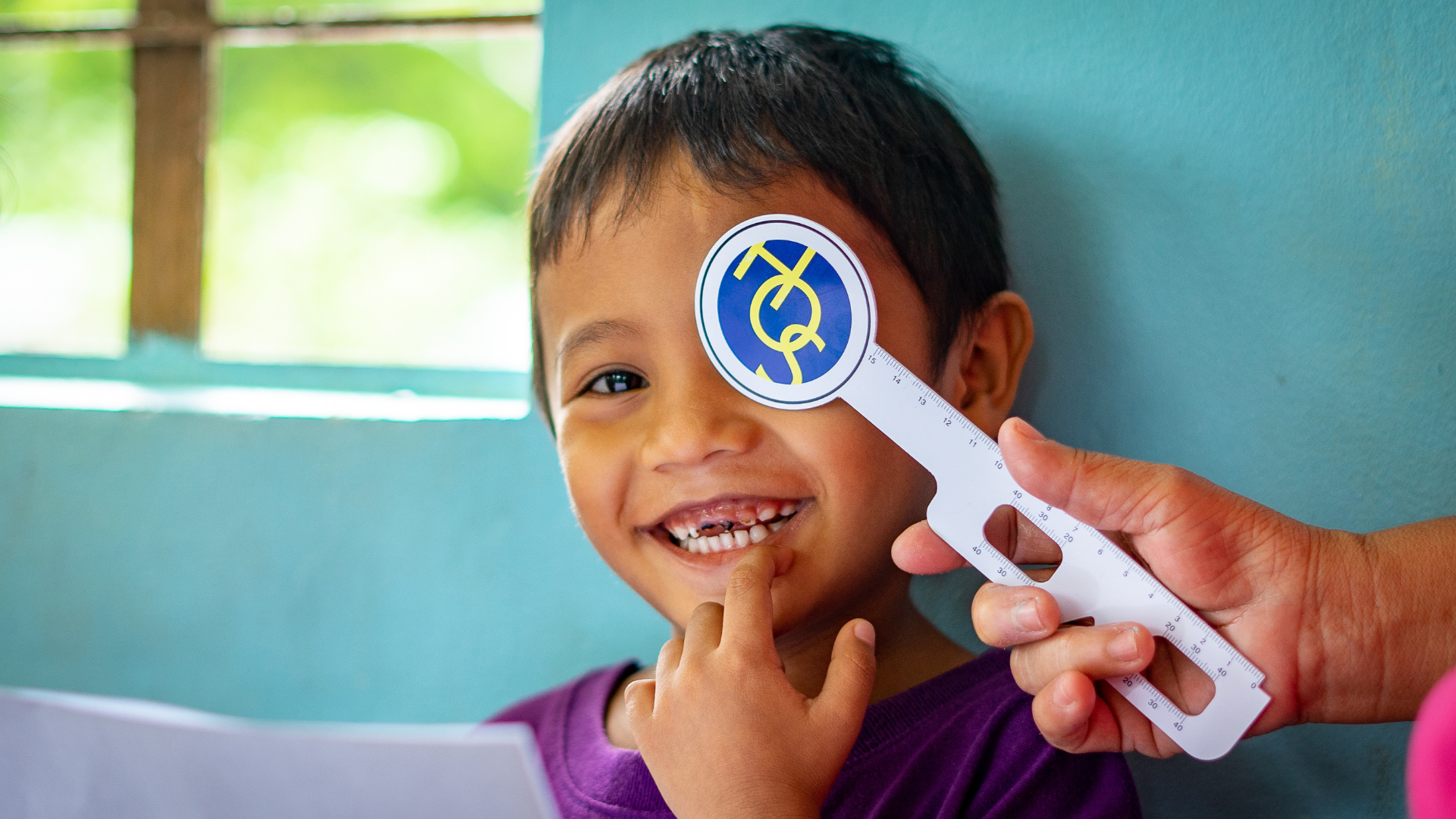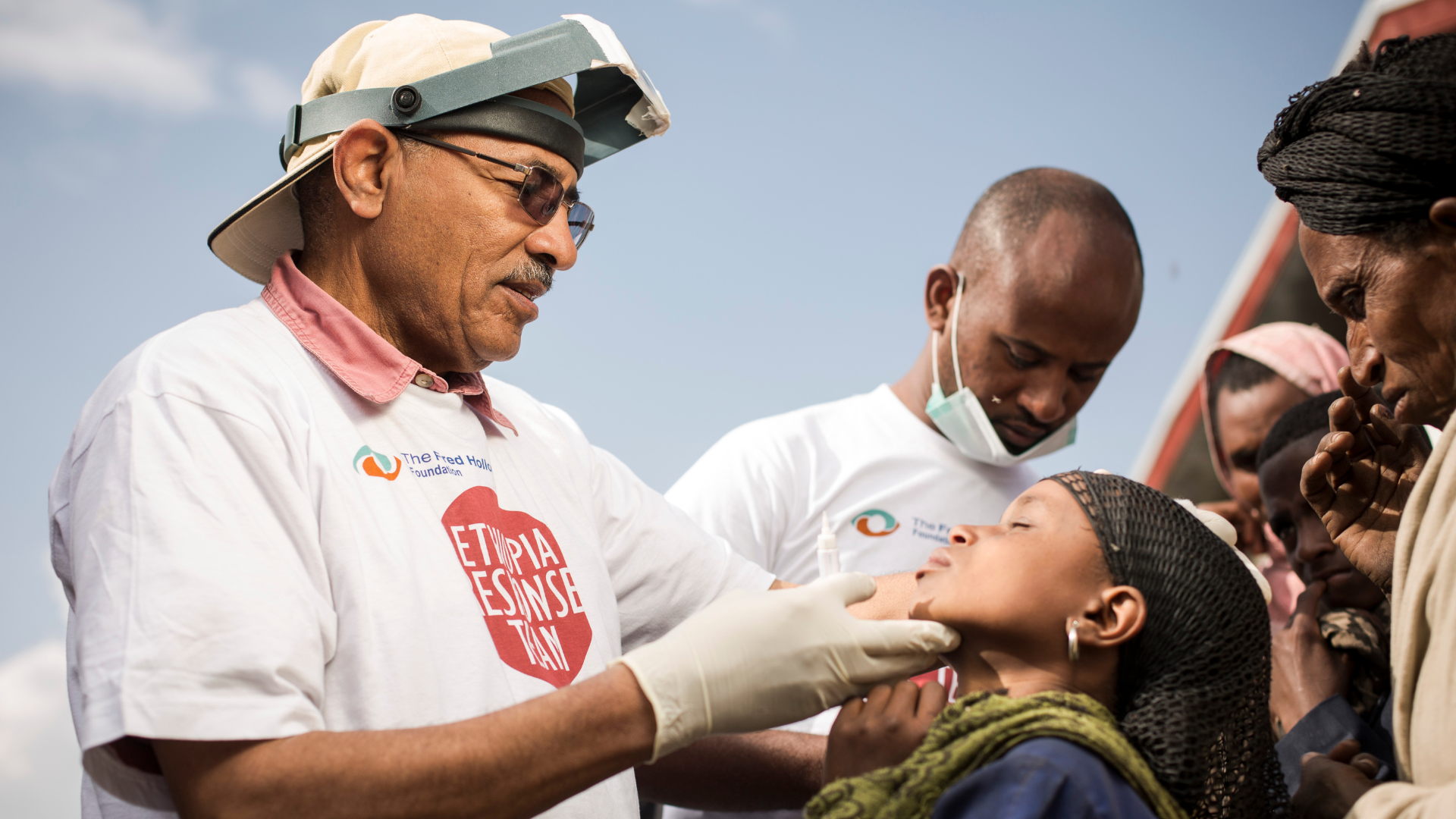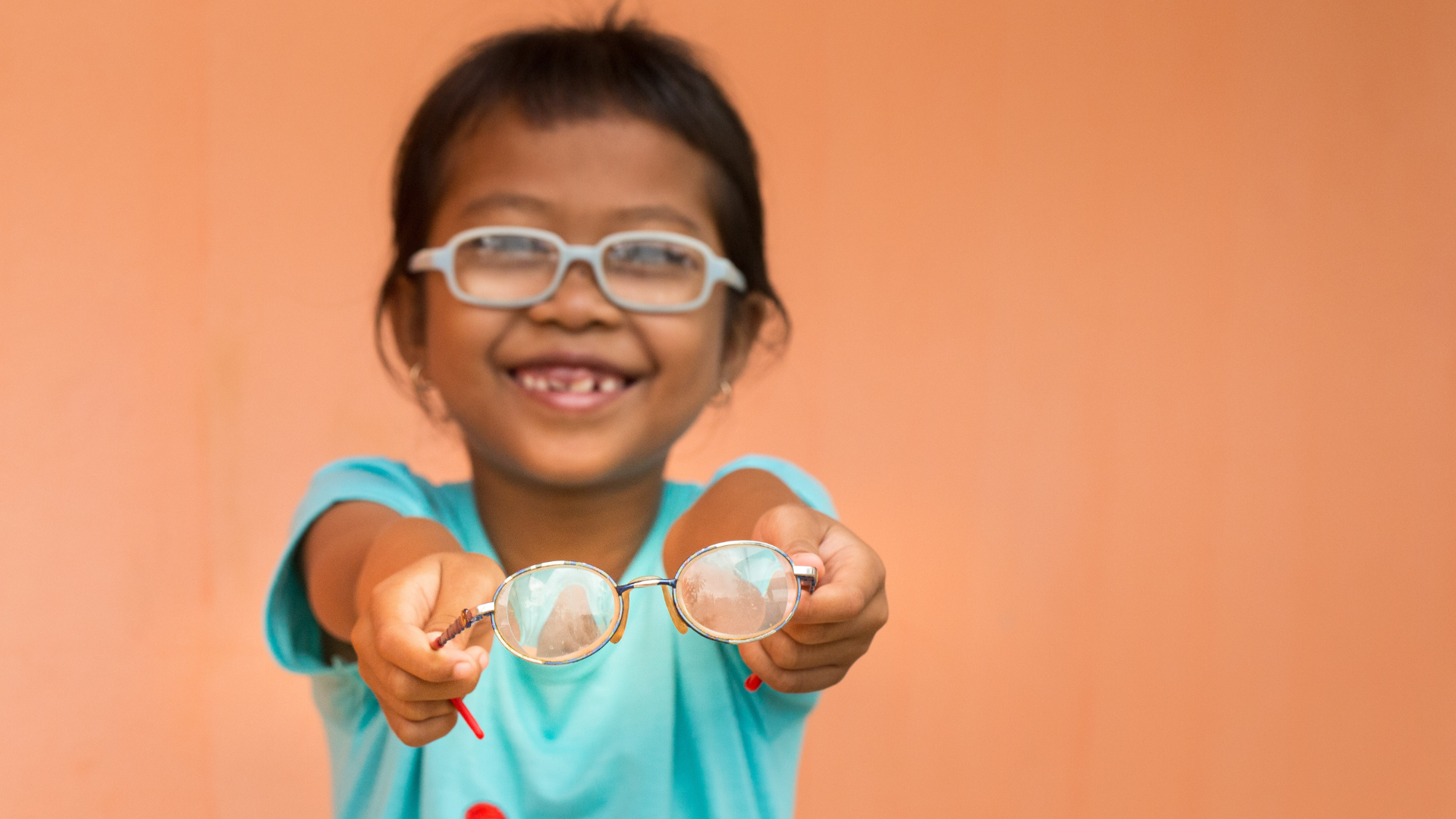How climate change impacts blindness

Climate change has emerged as one of the most concerning issues impacting global health over the last decade. While it may not seem immediately apparent, climate change can have a significant impact on our vision, and understanding this link is crucial to addressing the issue. Keep reading to learn about the ways in which climate change can contribute to blindness
In a hurry?
Click on the link below to go straight to what you’re most interested in:
- Increased exposure to UV radiation
- Changes in air quality
- Increased frequency and severity of natural disasters
- Changes in water supply
- What action is The Foundation taking?
Increased exposure to UV radiation
One of the most significant ways in which climate change can contribute to blindness is through increased exposure to UV radiation.
Exposure to UV radiation can cause cataract and other eye problems, which can lead to blindness. Even though cataract can occur naturally as we age, exposure to UV radiation can accelerate their development.
Unfortunately, treating cataract remains a significant public health challenge because of the number of people affected and the lack of services available in developing countries. The Fred Hollows Foundation is working to provide more services that allow people in remote communities worldwide to access available care.
Changes in air quality
Increased air pollution can lead to eye irritation and other eye problems, which can contribute to blindness. Generally, the issue of increased air pollution from climate change is far worse in developing countries.
Pollutants from air pollution can irritate the eyes and cause inflammation, leading to eye problems like dry eye, conjunctivitis, and even corneal damage. Additionally, air pollution can worsen existing eye conditions, such as glaucoma and macular degeneration.

Photo Credit: The Fred Hollows Foundation
Regular eye checks are particularly important in countries where The Foundation works, like the Philippines, where there’s significant pollution.
Increased frequency and severity of natural disasters
Climate change is causing more frequent and severe natural disasters like hurricanes and floods. In the aftermath of natural disasters, people are at risk of sustaining eye injuries from debris, contaminated water and other hazards.
Despite our main focus being on preventing avoidable blindness, The Fred Hollows Foundation believes in doing what we can to help during emergencies. We have worked with our partners to provide support for relief efforts across numerous natural disasters.
We are also working to take proactive measures by investing in strengthening health care systems in under-resourced communities so that they are prepared in the face of natural disasters.
Changes in water supply
Climate change can also reduce the availability of clean water, which can lead to eye diseases like trachoma.
Better access to water and sanitation is a key part of eliminating trachoma as a public health problem in endemic communities. The Fred Hollows Foundation advocates for the implementation of the World Health Organisation’s SAFE strategy. SAFE stands for Surgery, Antibiotics, Face washing and Environmental improvements.
The F and E components deal with personal hygiene and environmental improvement. These components involve a daunting but essential task of the development of water, sanitary facilities and bringing about behavioural change.

Photographer: Michael Amendolia
The Foundation works in Ethiopia, which is the country most affected by trachoma.
What action is the foundation taking?
The Foundation is working towards Fred’s vision of a world in which no person is needlessly blind or vision impaired. We believe that as part of this vision, we need sustainable development principles to be a focus in everything we do.
We are implementing sustainable and inclusive health care services in high-risk environments and communities to address chronic eye health issues and reduce the impact of climate change to:
- Provide effective, accessible cataract treatment for all
- Eliminate trachoma
- Make effective refractive error prevention and treatment accessible to all
- Affordably manage diabetic retinopathy and other eye conditions
You can read more about The Foundation’s position on sustainable development here.
COVER PHOTO: The Fred Hollows Foundation
